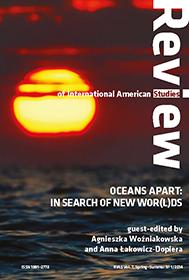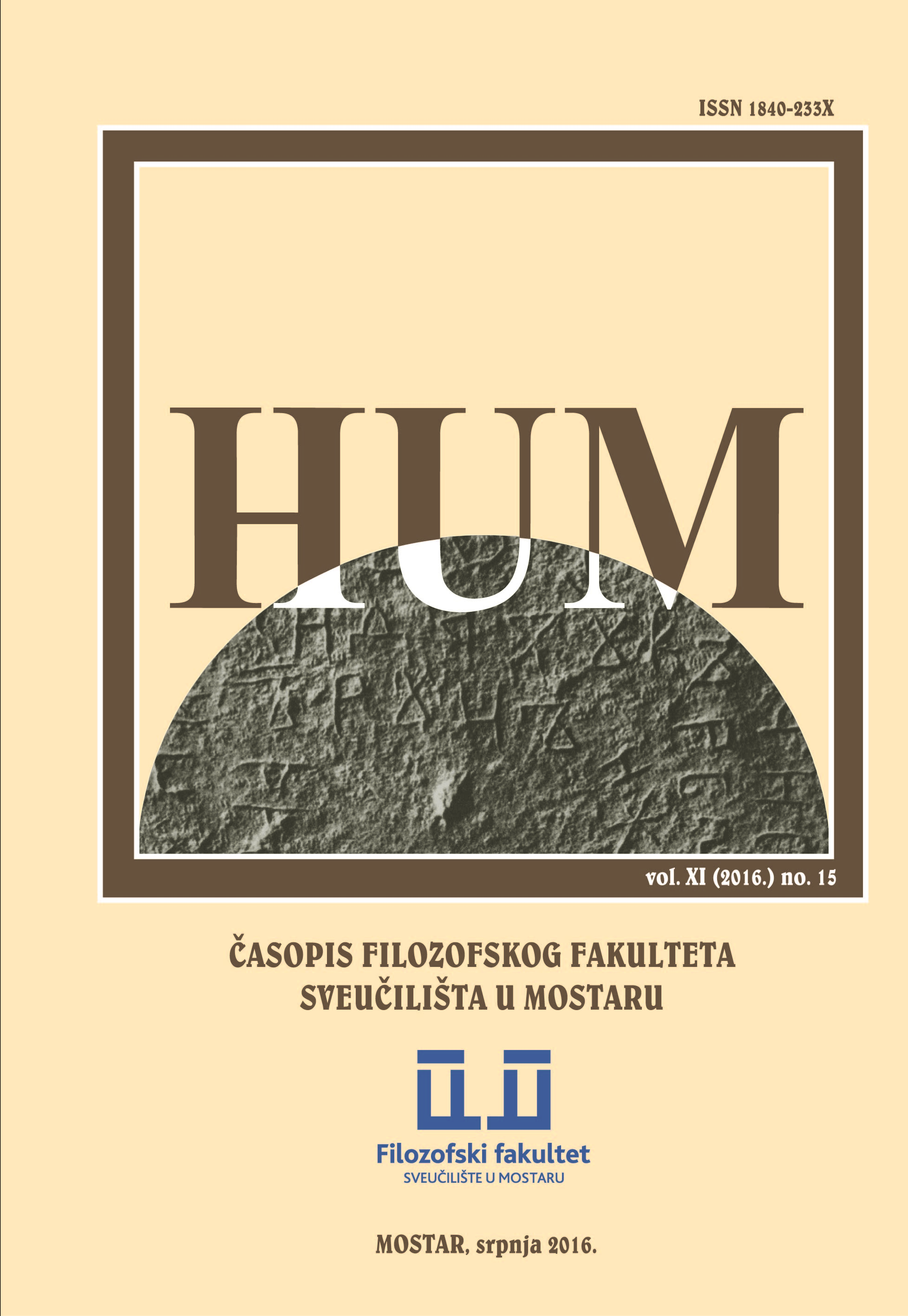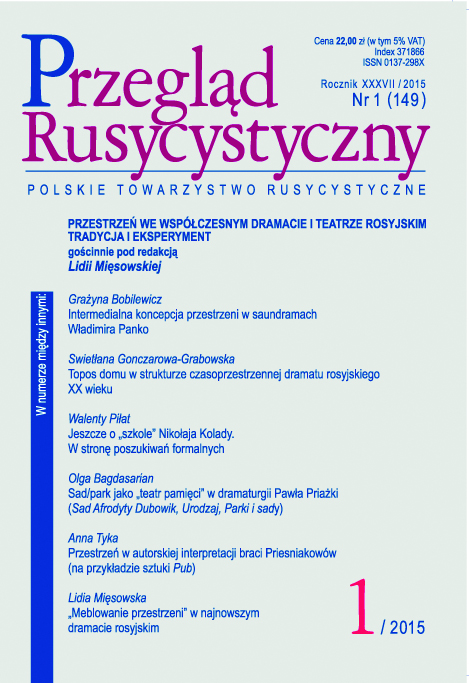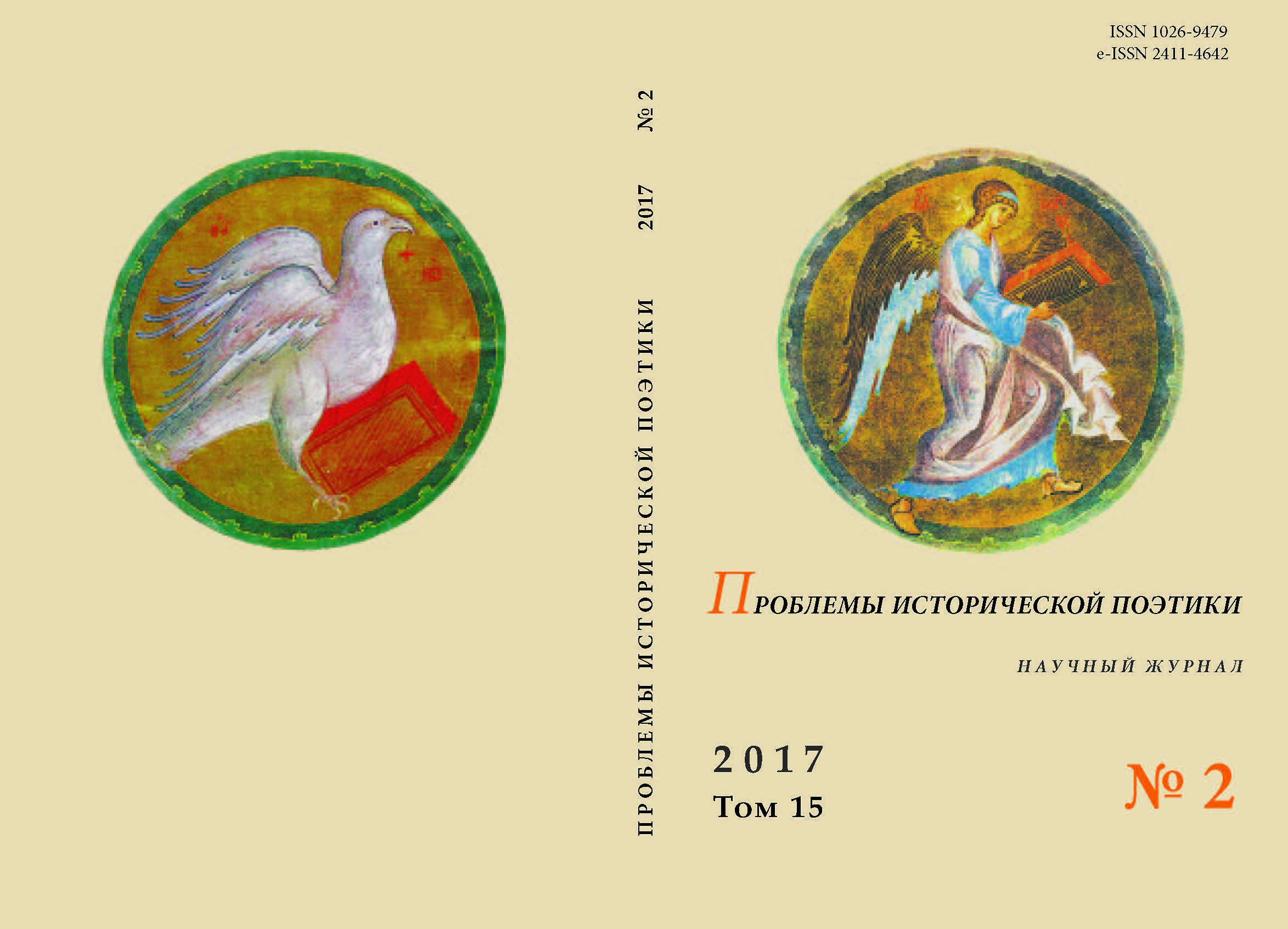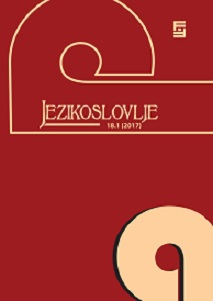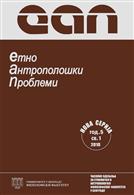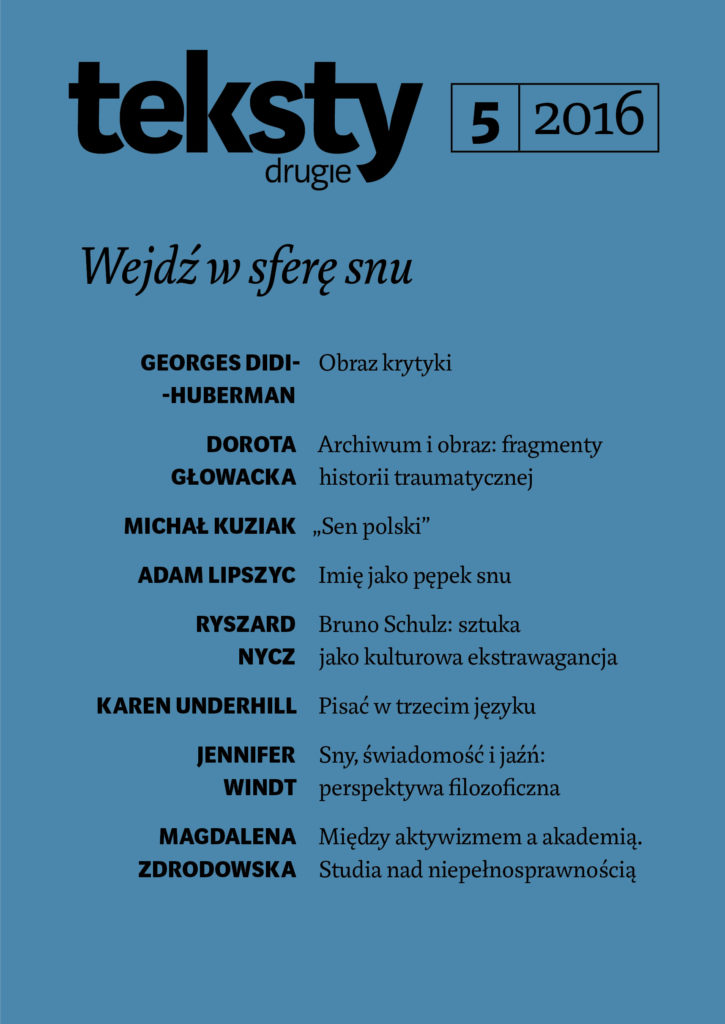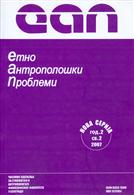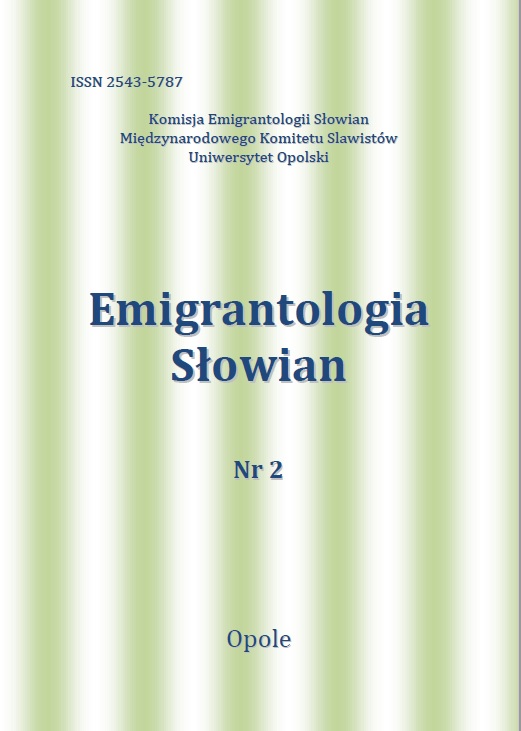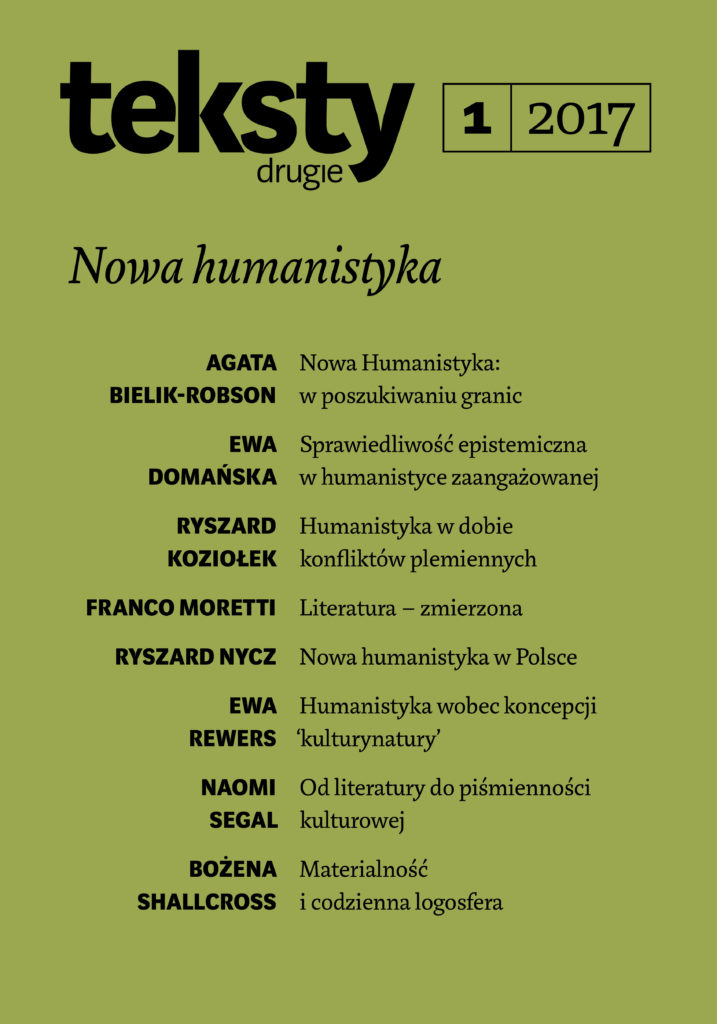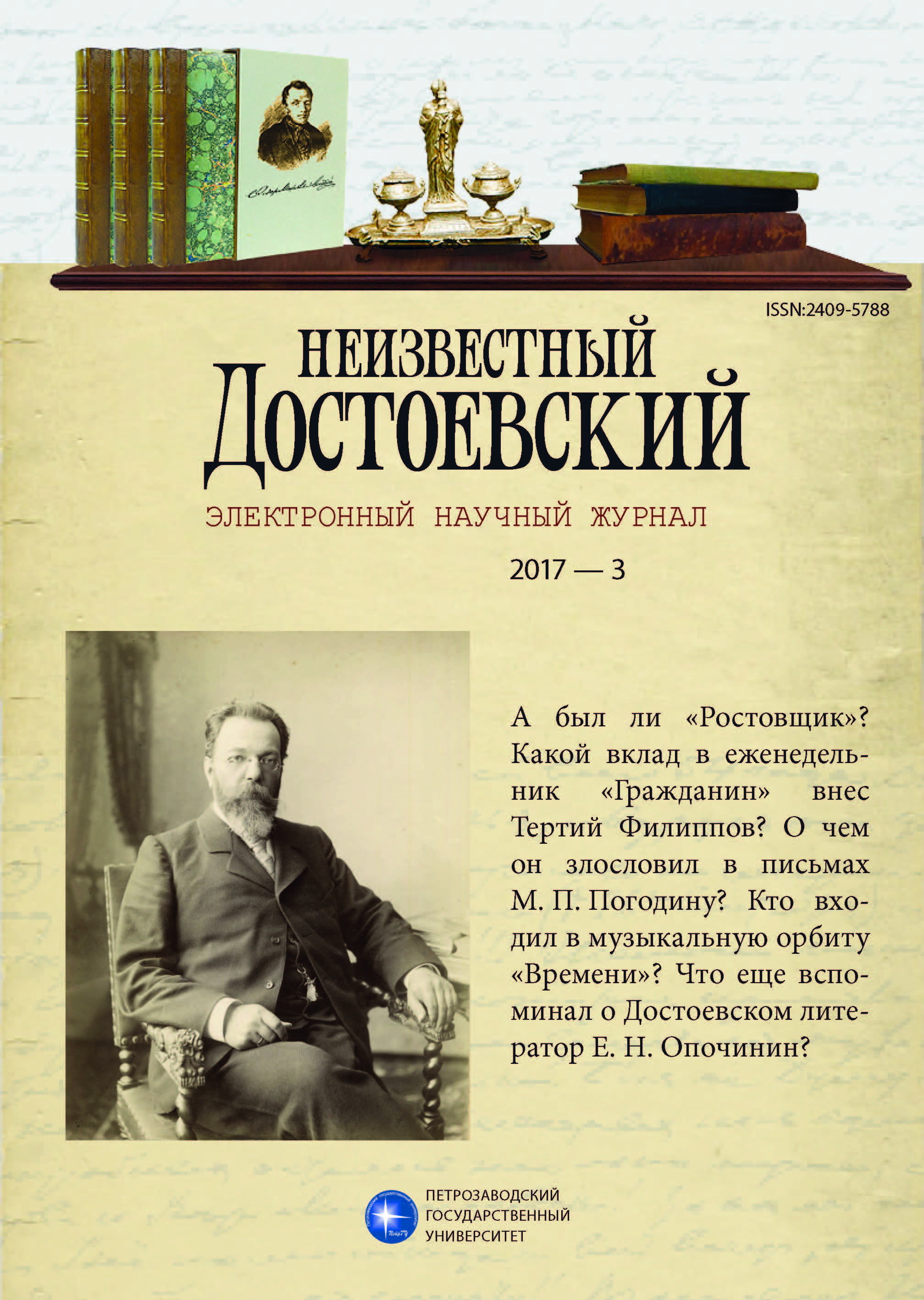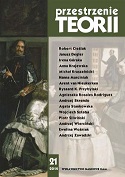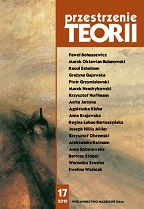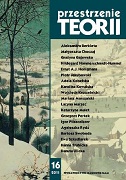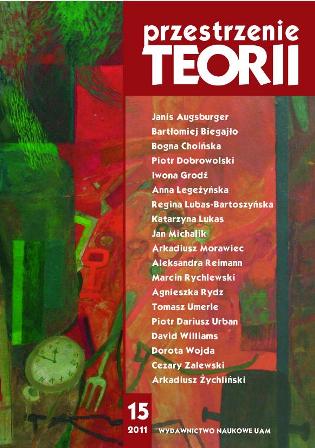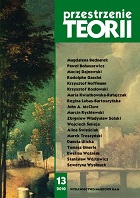Author(s): Seweryna Wysłouch / Language(s): Polish
Issue: 13/2010
Piotr Siemaszko od dawna zajmuje się problemami sztuk plastycznych i związkami literatury z malarstwem. W ostatnim dziesięcioleciu opublikował na ten temat trzy książki: Zmienność i trwanie. O eseistyce Zbigniewa Herberta (Bydgoszcz, 1996), Świat obrazu – obraz świata. Przestrzenie pograniczne w pisarstwie G. Herlinga-Grudzińskiego, Z. Herberta i J. Czapskiego (Bydgoszcz, 2000) oraz Od akademizmu do ekspresjonizmu. Sugestie pikturalne w poezji polskiej końca XIX i początków XX wieku (Bydgoszcz, 2007). Pragnę podkreślić, że relacje między sztukami badał w różny sposób, próbował wielu dróg, jakby szukał odpowiedniej dla siebie metody. Toteż każda z jego prac przedstawiała ten problem inaczej. Książka Zmienność i trwanie. O eseistyce Zbigniewa Herberta ukazywała eseje o sztuce w szerokich kontekstach myśli filozoficznej. Znaleźli się tam jońscy filozofowie przyrody i filozofowie nowo- żytni (Nietzsche, Bergson, Wittgenstein), a także sławni kulturoznawcy (Spengler i Huizinga). Filozoficzny zamysł całości podkreślała kompozycja pracy, poszczególne rozdziały zostały bowiem poświęcone kolejno problemom ontologicznym, epistemologicznym i etycznym. Późniejsi interpretatorzy Herberta szli jego śladami, niejednokrotnie rozwijali wątki przez niego wskazane, jak związki z myślą starożytną czy Nietzschem. Warto także podkreślić, że praca Piotra Siemaszki dotyczyła wprawdzie esejów, ale w toku rozważań Autor odwoływał się również do wierszy, potraktował twórczość Herberta jako spójną całość i pokazał podstawowe antynomie w niej obecne, jak dionizyjskość i apollińskość, chaos i ład, ratio i doświadczenie zmysłowe, intuicję i epifanię itp. A na koniec, w ostatnim rozdziale rozprawy, szczegółowo określił miejsce Herberta we współczesnej eseistyce – obok Herlinga-Grudzińskiego, Stempowskiego, Miłosza, Jastruna, Iwaszkiewicza i Międzyrzeckiego. Ukazał Herberta wszechstronnie – nie tylko na tle filozoficznym, ale i na tle historycznoli terackim, w szerokiej panoramie najwybitniejszych przedstawicieli polskiej eseistyki. Dopowiedzeniem i uzupełnieniem książki o eseistyce Herberta jest rozprawa zamieszczona w następnej książce – Świat obrazu – obraz świata, zatytułowana W stronę ideału. O Zbigniewie Herbercie. Siemaszko zajął się w niej problematyką ściśle malarską: poglądami poety na temat światła, koloru, linii i kompozycji. Konteksty malarskie pozwalają ukazać preferencje Herberta i jego „ulubieńców”, jak Piero della Francesca czy Vermeer oraz wyciągnąć wnioski dotyczące estetyki Herberta klasyka, wielbiciela harmonii i geometrii, przeciwnika ujęć ekspresjonistycznych i emocjonalnych.
More...
